Gallery
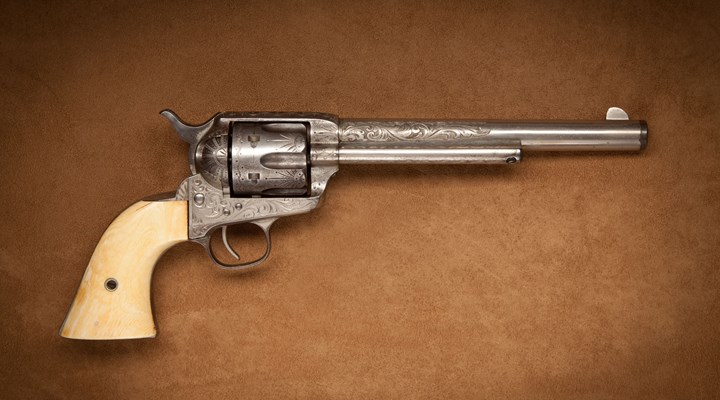
1 of 1
Colt 1885 Single Action Army Revolver
Early SAA with period engraving; steer's head and "AC" carved on ivory grips.
View more here
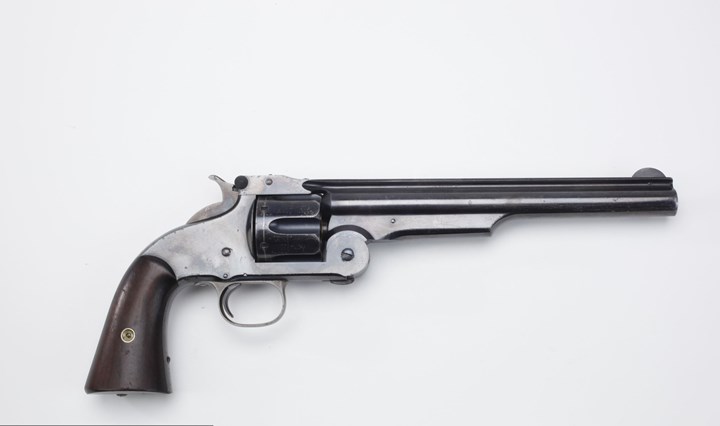
1 of 1
Smith & Wesson Model No 3 Second Model
This model revolver, more commonly called the S&W American, was made from 1870 to 1874. SN 16328...
Read more here
Read more here
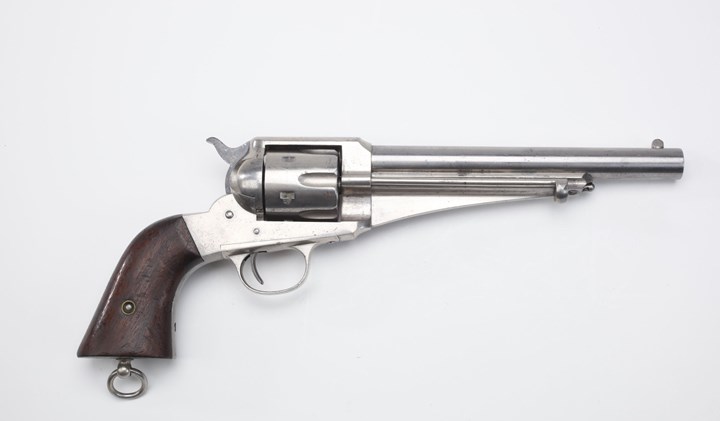
1 of 1
Remington Model 1875 Single Action Army Revolver
Introduced to compete with Colt's Single Action Army revolvers, this Remington design failed to meet with the commercial success enjoyed by Colt's model due to the Hartford firm's two-year head start in production and sales...
Read more here
Read more here
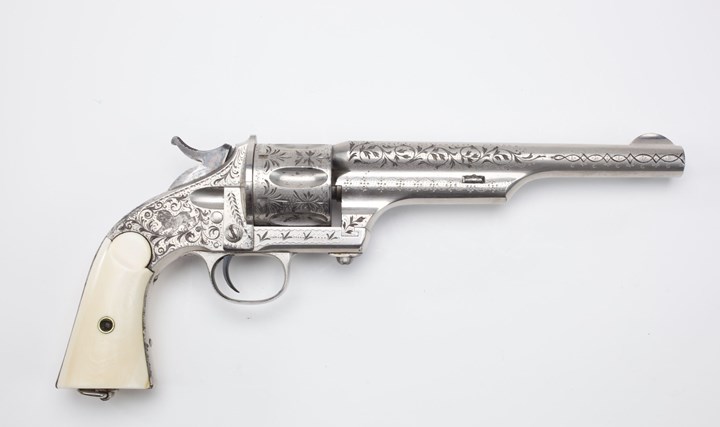
1 of 1
Merwin Hulbert & Co Single Action Army Revolver
Manufactured by Hopkins & Allen for Merwin & Hulbert, these revolvers competed with similar models from Colt and Remington during the late 19th century, but without achieving great popularity.
Read more here
Read more here
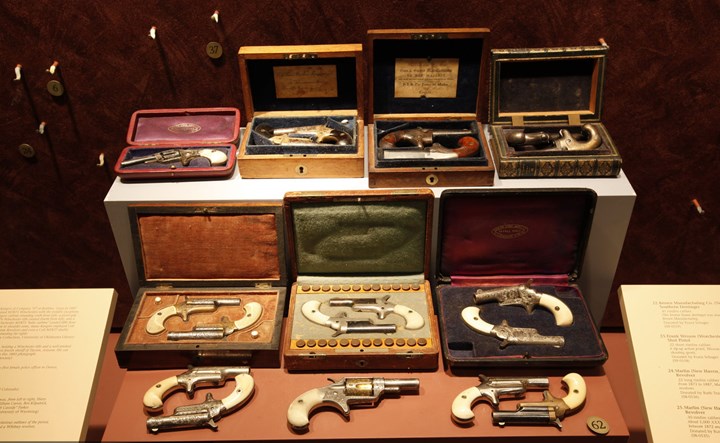
1 of 1
Kellert Colt Derringer Collection
This group of derringers represents the collecting efforts of one man in gathering examples of the standard and embellished variations of the Colt derringers marketed through London...
Read more here
Read more here

 More Like This From Around The NRA
More Like This From Around The NRA



